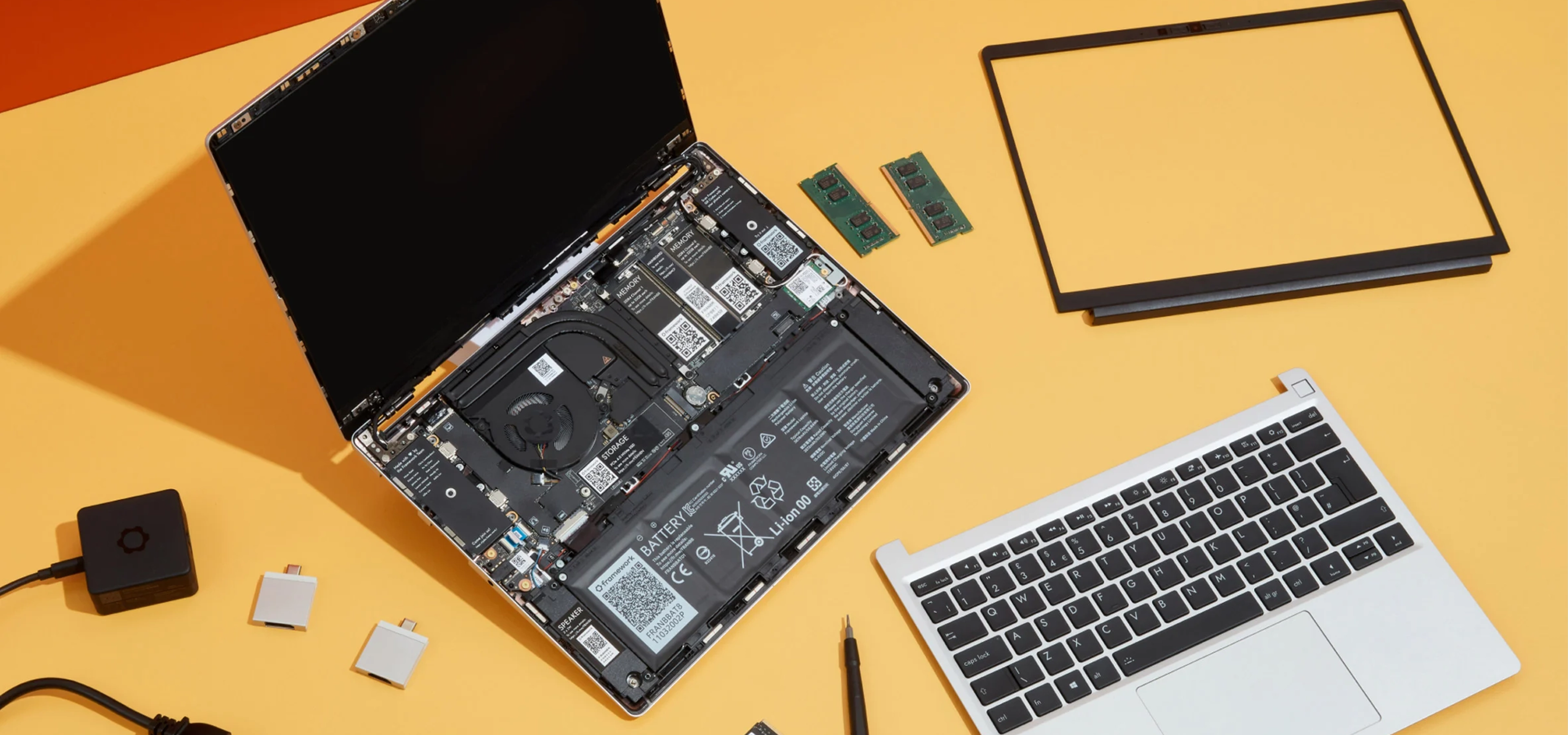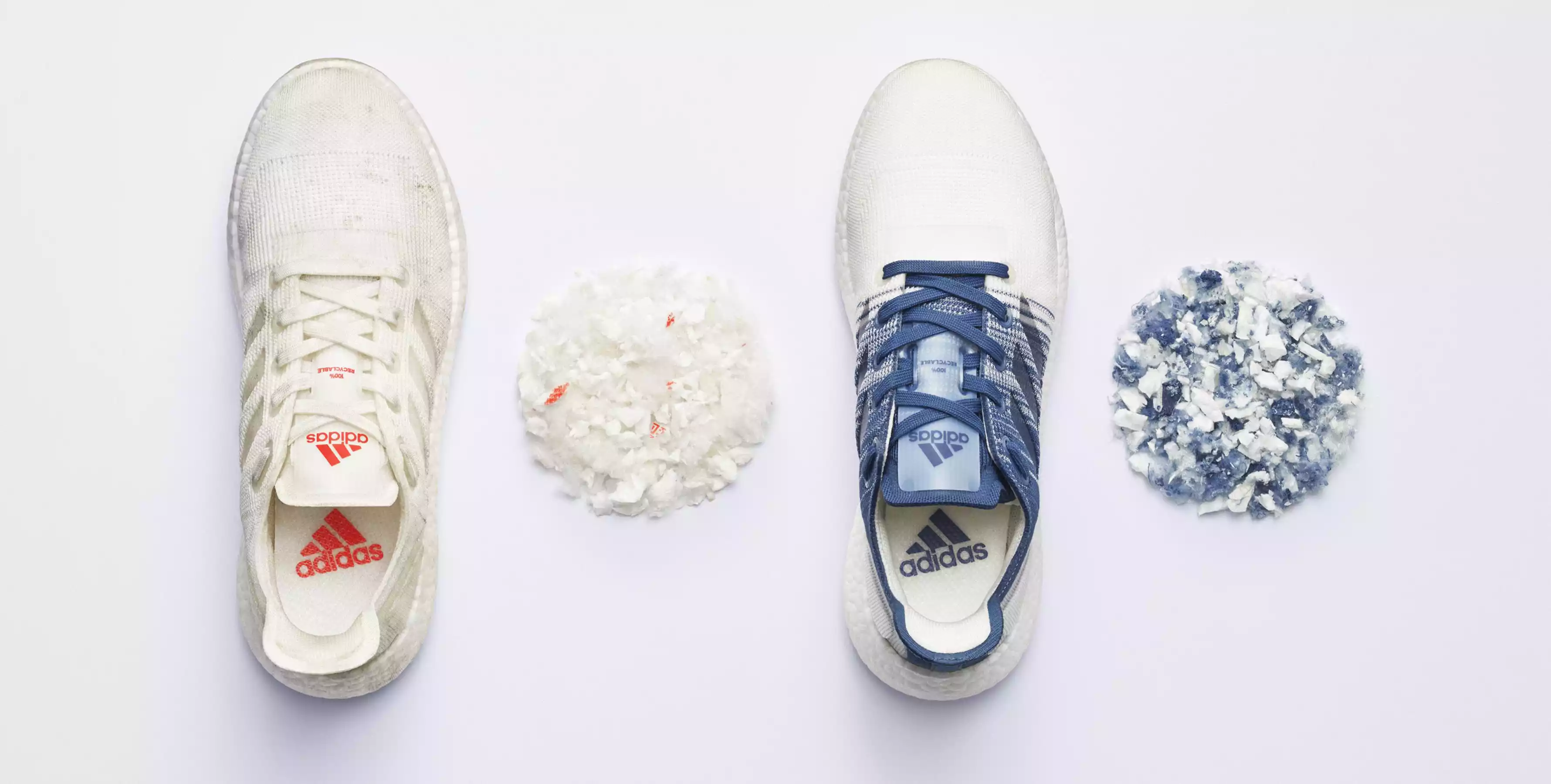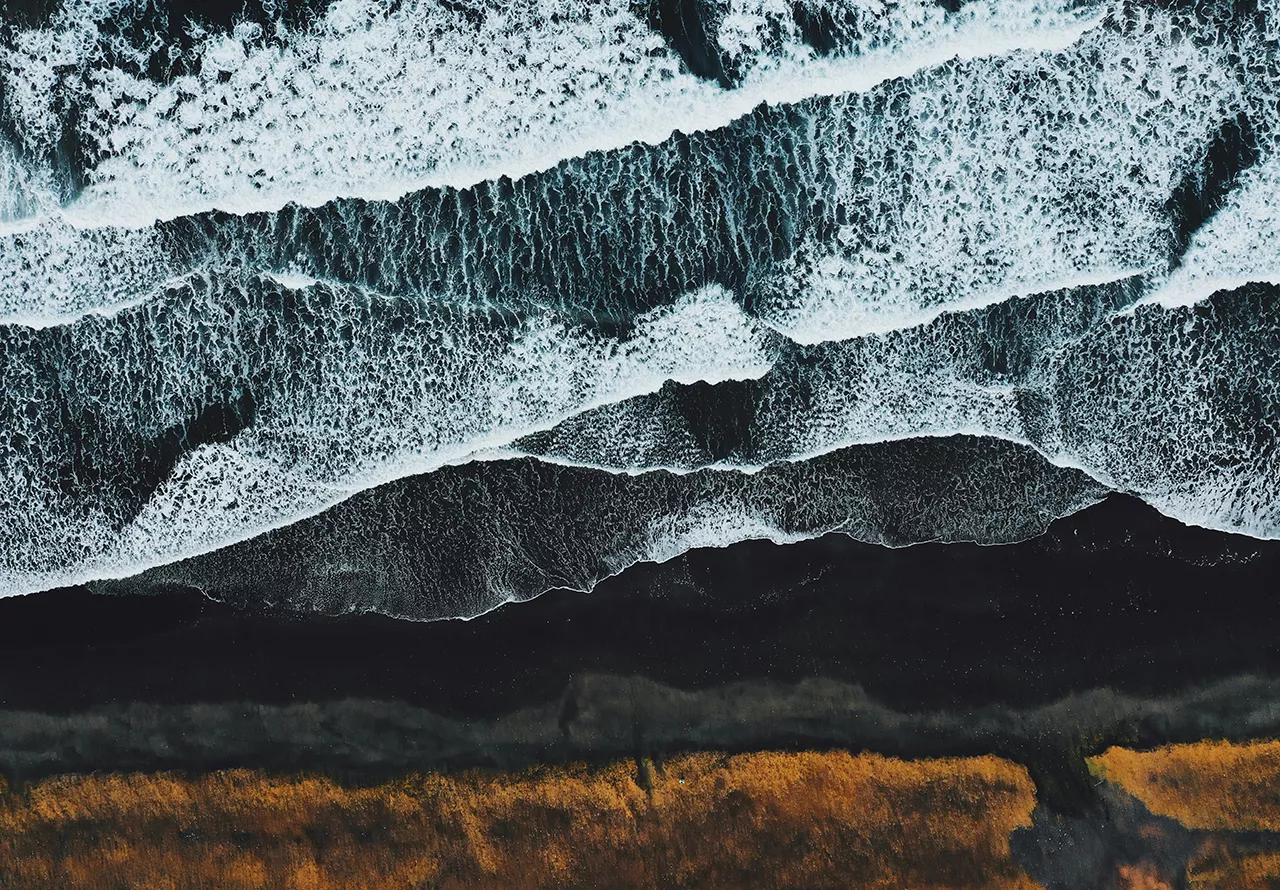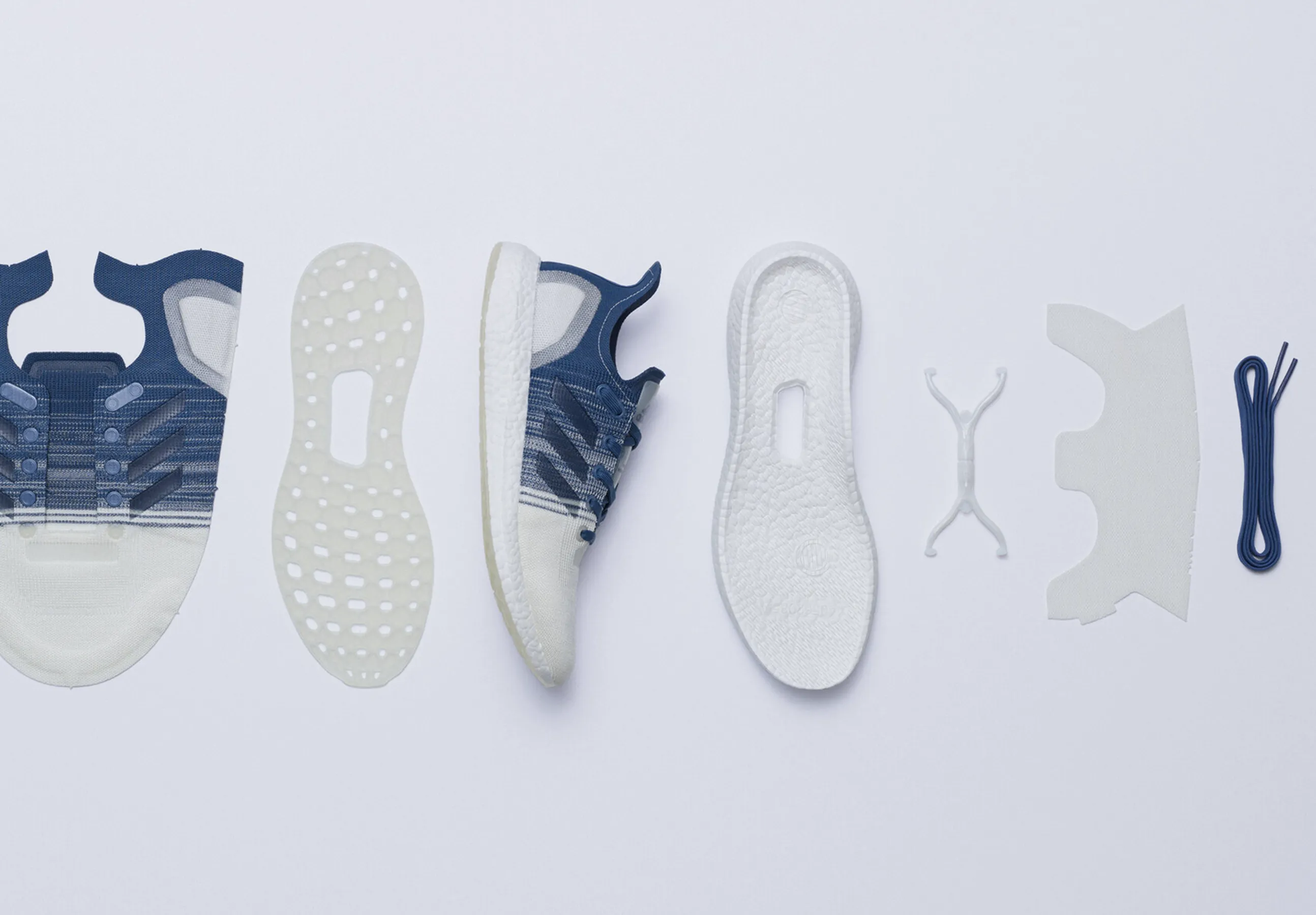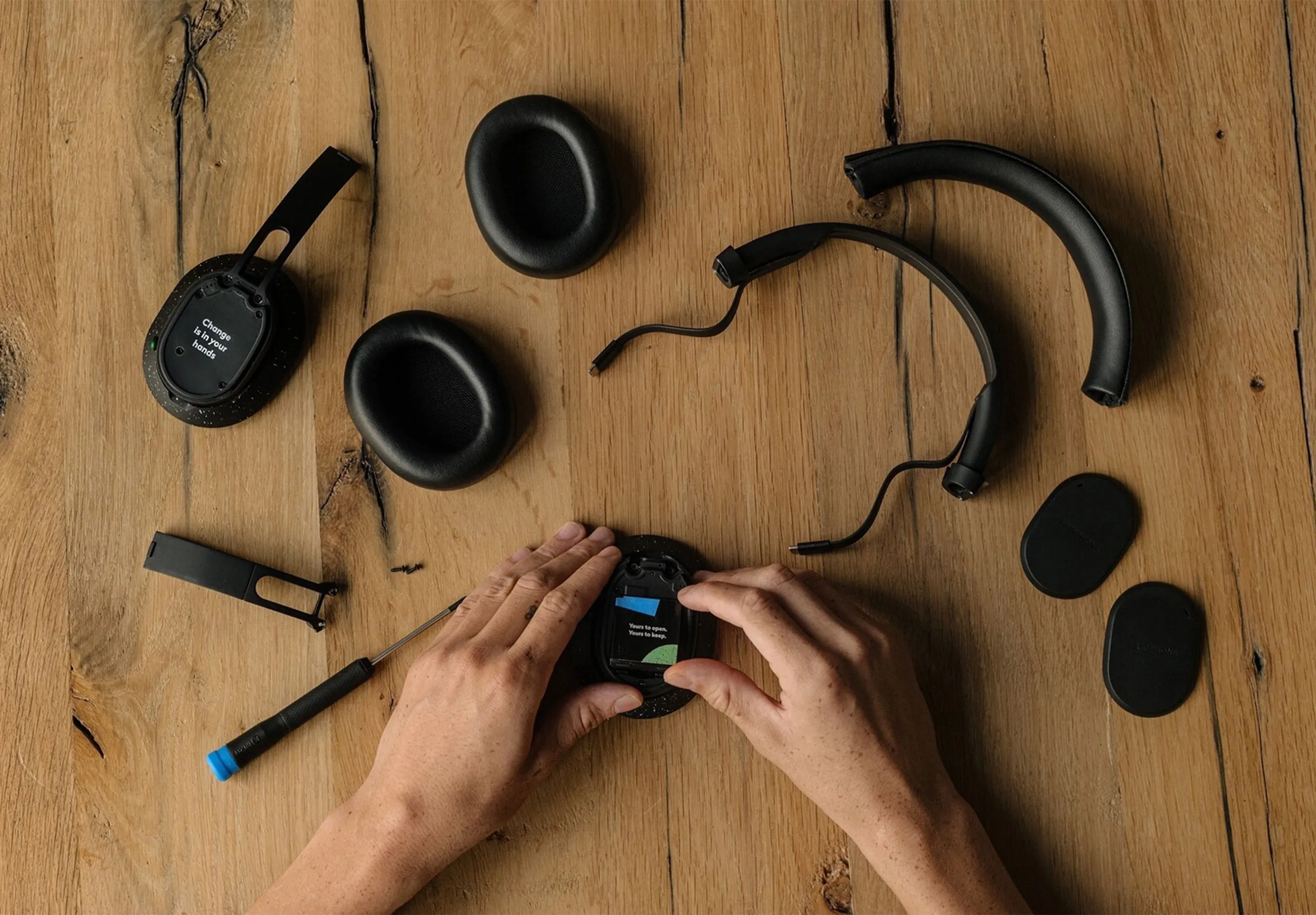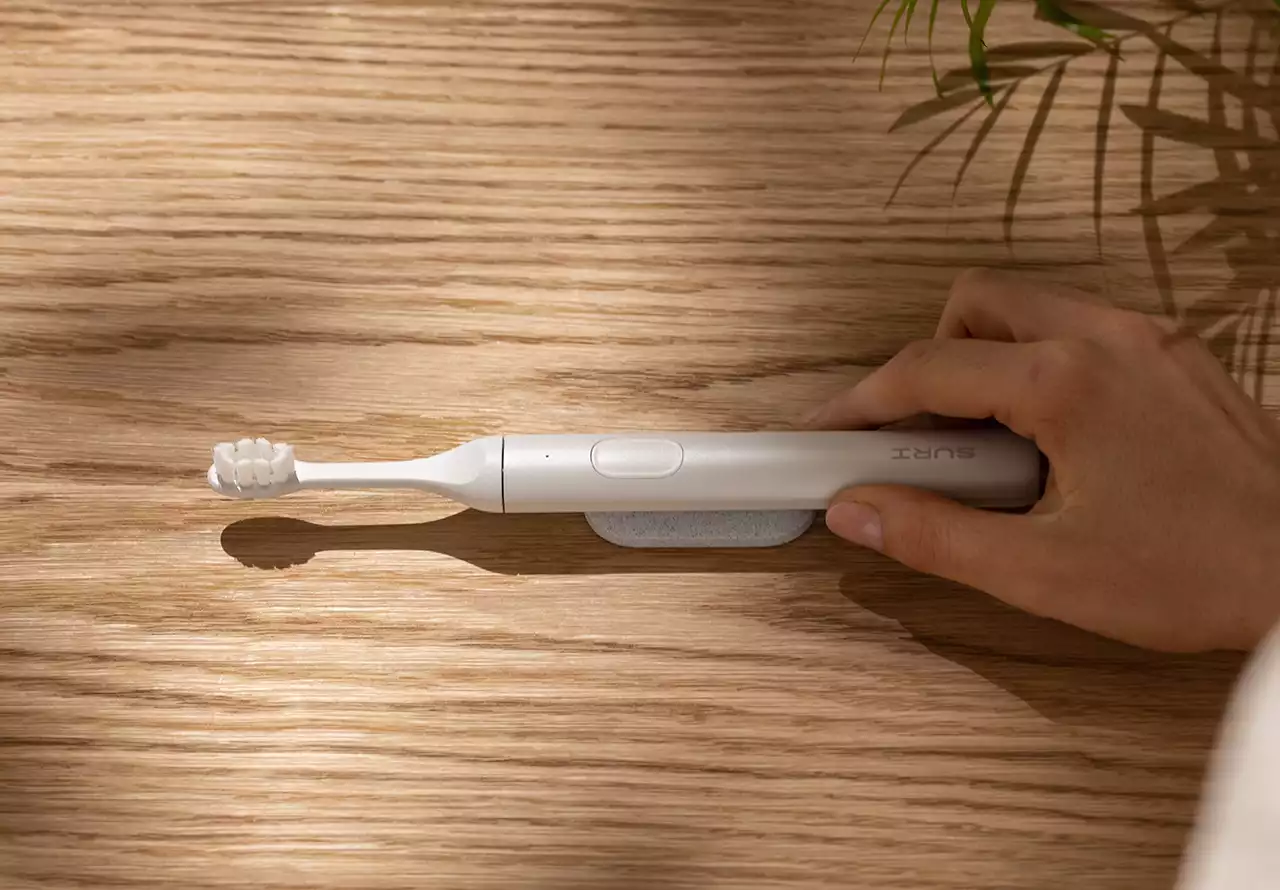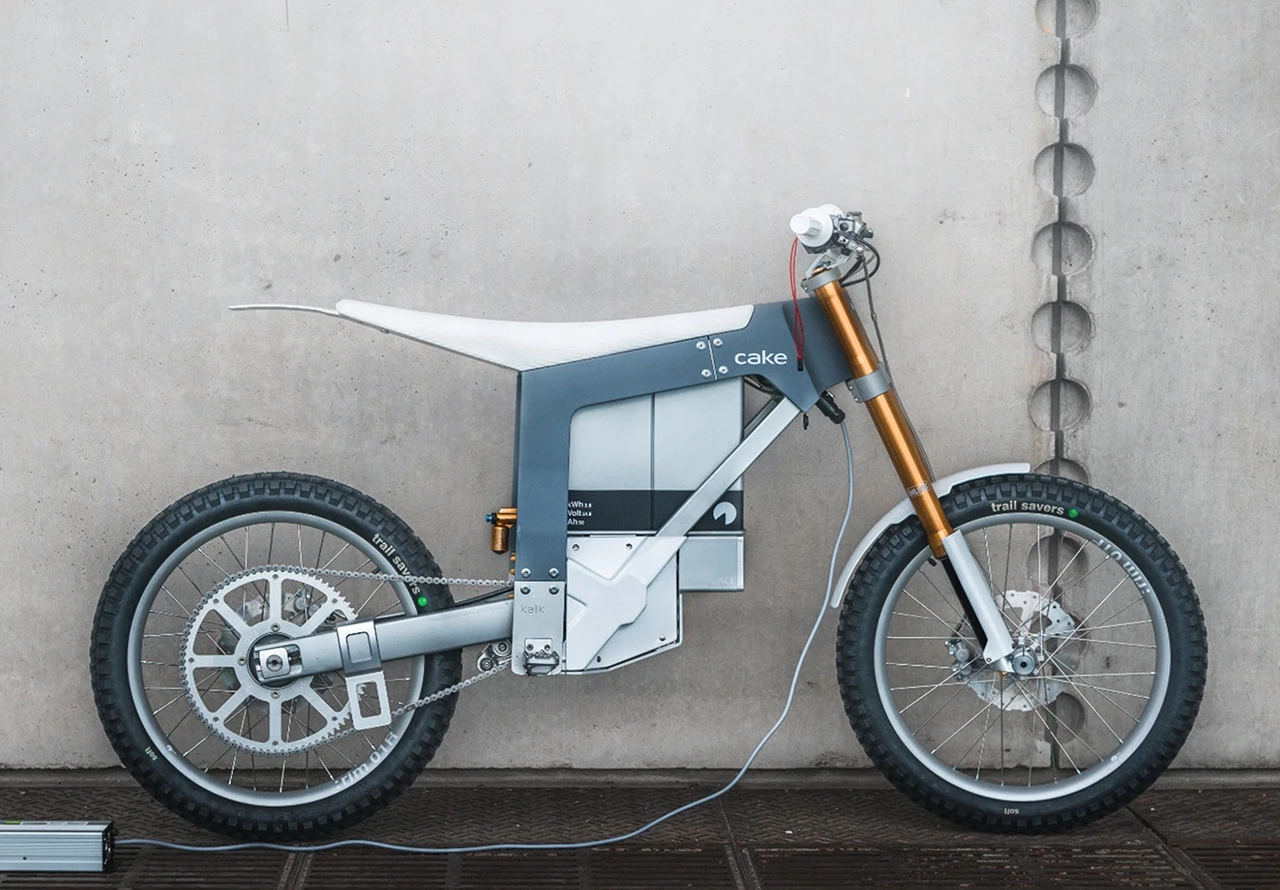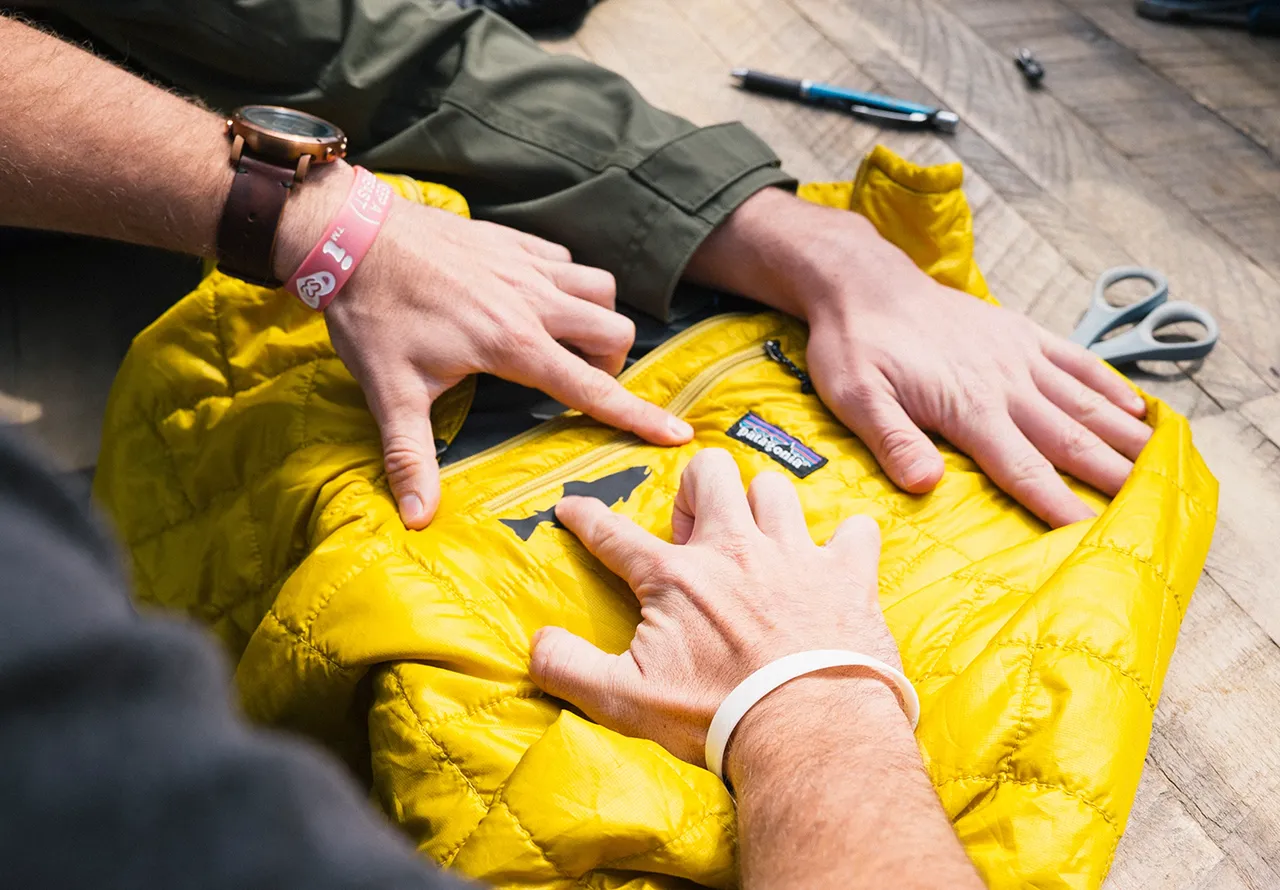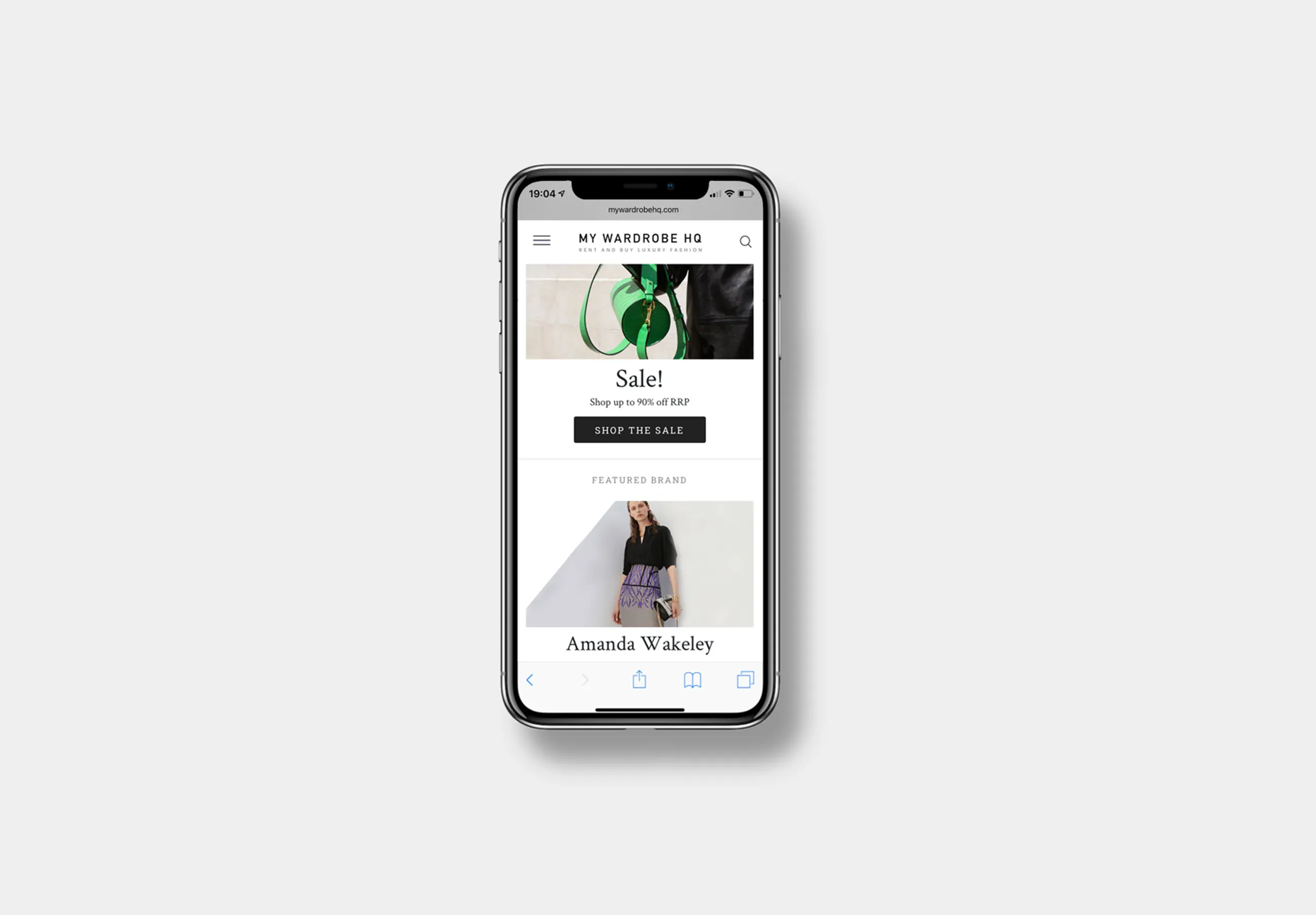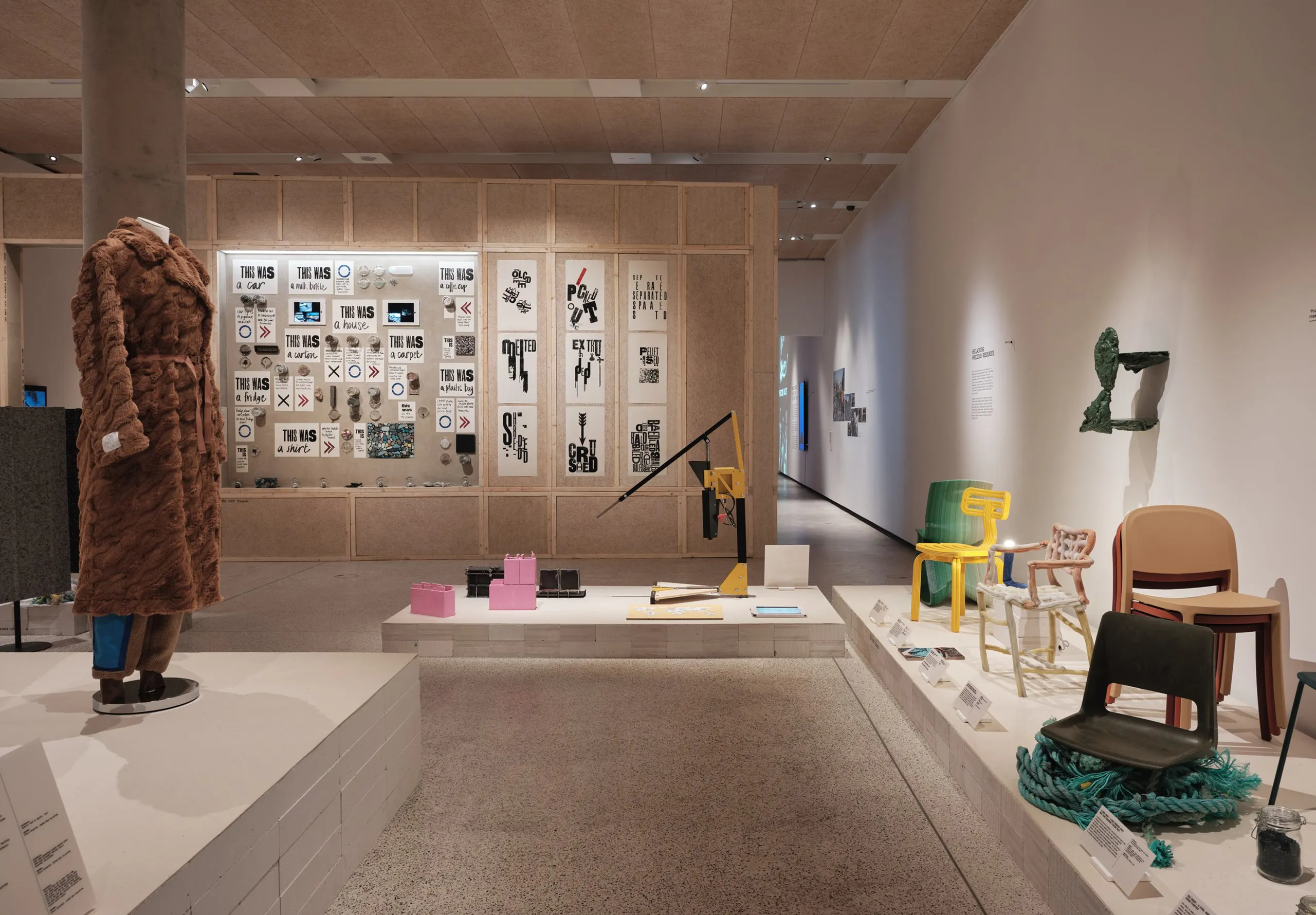Reducing harm is no longer enough.
Regulations are pushing industries in the right direction, but smart brands are spotting golden opportunities where others see obstacles.
In this piece, we explore how your brand can use Life Cycle Analysis (LCA) as a springboard for creativity and business growth.
If you want to link sustainability and innovation with a clear profit mandate, read on.
What’s ahead?
The convergence of regulatory pressures is driving industries towards greater transparency and sustainability, putting increased scrutiny on product life cycles. Major shifts in legislation include:
+ Ecodesign for Sustainable Products Regulation
From 18 July 2024, the Ecodesign for Sustainable Products Regulation (ESPR) has replaced the current Ecodesign Directive (2009/125/EC), introducing more Ecodesign criteria for a broader range of products. It aims to make sustainable products the norm on the EU market.
+ Double Materiality
Companies must report both the financial impact of sustainability issues and their broader environmental and social effects, ensuring a holistic approach to corporate responsibility. This reporting requirement will be mandatory from 2025.
+ Digital Product Passport (DPP)
Set to be implemented across the EU by 2026, the DPP will accompany products throughout their lifecycle, using NFC chips, QR codes, or RFID tags to store data from design to disposal. This transparency enables informed decision-making and environmental responsibility.
+ Green Claims Directive
New EU regulations eliminate unverified environmental claims, ensuring that sustainability labels are backed by evidence, preventing misleading consumers and promoting authentic responsibility. EU Member States will be required to implement the directive into national law by February 2026.
While preparing for these regulatory changes is crucial, true industry leaders won’t wait for legislation to evolve.
Unlocking innovation through life cycle thinking
At the heart of this paradigm shift lies the Life Cycle Analysis (LCA) —a powerful tool that allows you to see our products not as static objects, but as dynamic systems with far-reaching impacts.
The journey starts with establishing a carbon baseline, pinpointing where emissions peak across your value chain. It’s a critical starting point, but it’s just that—a start. The real challenge lies in what you do with the information acquired through an LCA.
It’s tempting to opt for quick fixes like light-weighting or switching to non virgin materials, or overhauling your packing design – but smart brands will think bigger, leaning into system design and innovation.
If you’re using recycled plastic, great – but how does that fit into a future circular system? Do you have the production volume so that you can set up a service to reclaim, remanufacture, and resell that plastic? Can you create new consumer value that encourages new models of usage and changes attitudes to ownership.
These ‘bigger’ ideas can help lessen the pain associated with preparing to adopt sustainable production and drive new revenue models for your business.
The key is to look beyond just “going green” and ask: does this strategy create new consumer value and in turn new business opportunities? Can it generate additional revenue streams? That’s where the real potential lies—in strategies that not only reduce environmental impact but also drive next generation business growth.
Linking sustainability and profit mandate
This holistic approach unlocks innovative pathways unlocking brand differentiation and helping radically reduce carbon usage. HP Renew Solutions, for example, has achieved remarkable success with hardware-as-a-service and refurbished electronics, matching core business profit margins in less than a year.
Meanwhile, renowned beauty and wellness brand L’Occitane has integrated circularity into its core strategy through their eco-refill models. These refills are 33% cheaper than the original product, reducing both costs and the amount of plastic used in packaging. This planet-friendly approach not only reduces waste but also attracts budget-conscious consumers, potentially boosting sales and market share.
In the world of fashion, The North Face has rolled out their “Clothes the Loop“ program, encouraging customers to bring back used clothing in exchange for a coupon towards their next purchase. This genuine effort not only champions recycling and waste reduction but also builds a loyal customer base. What’s more, by offering discounts on future purchases, The North Face cultivates repeat business, boosts customer lifetime value, and deepens brand engagement.
With subscription services still booming, pioneering product brands are embracing repairability to leverage Product-as-a-Service models. Philips offers their Lumea Series 9000 hair removal device as a monthly subscription with a personalised app, transforming a traditional product into an ongoing, value-added service. The result? Less waste, longer customer relationships, and steady revenue streams.
The business case for circular design
For circularity to truly take root, it must align with financial viability. This isn’t about greenwashing or token feel-good initiatives—it’s about uncovering what’s possible when impact, innovation and profit work in tandem. It’s about taking the data from an LCA and using it to fuel innovation.
Getting ready for regulatory change is critical, but sustainability cannot be a secondary, compliance-driven task. It must be at the forefront of business innovation and strategy.
The shift to radical value chain transformation is about creating resilient, thriving businesses prepared for 21st-century challenges. By rethinking product design, production, and usage, companies can make sustainability a cornerstone of their competitive advantage—driving growth, fostering innovation, and building a future that benefits all.
What's next for you?

